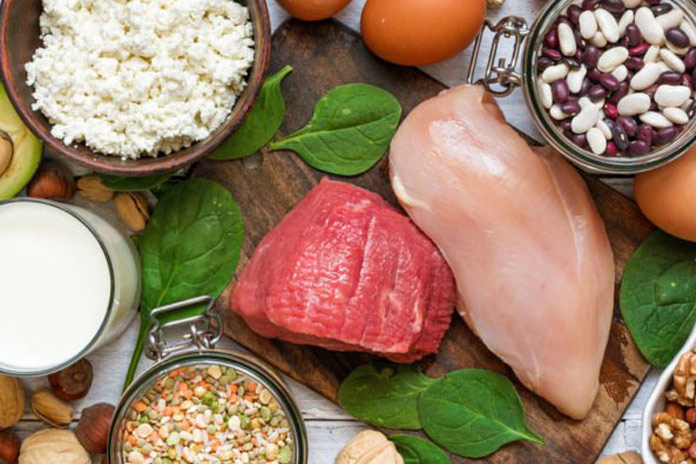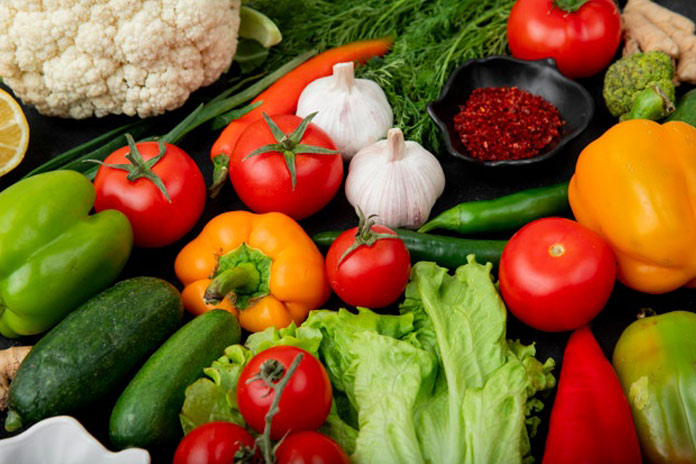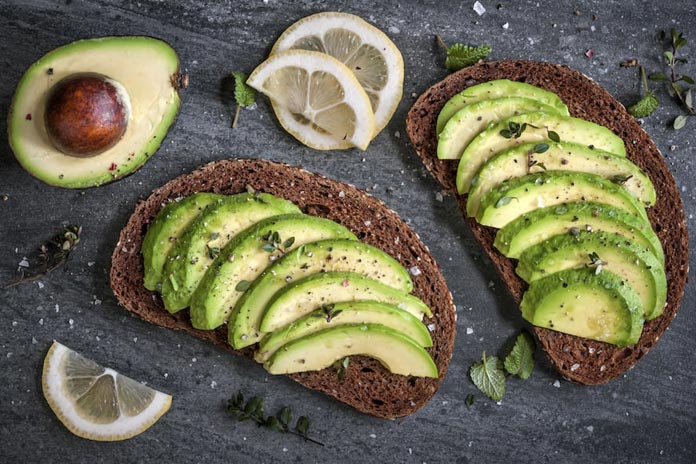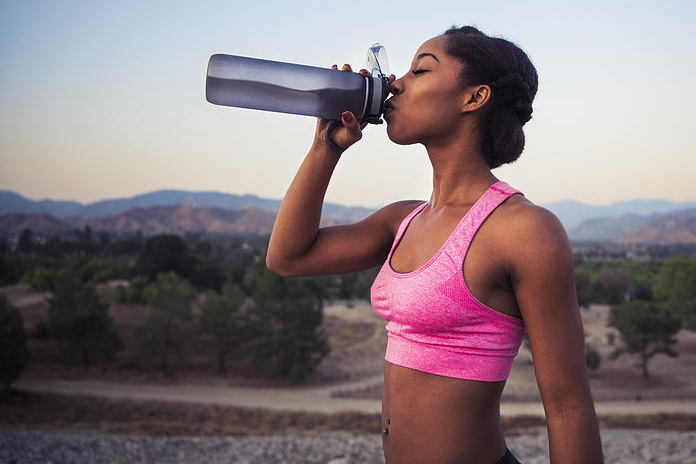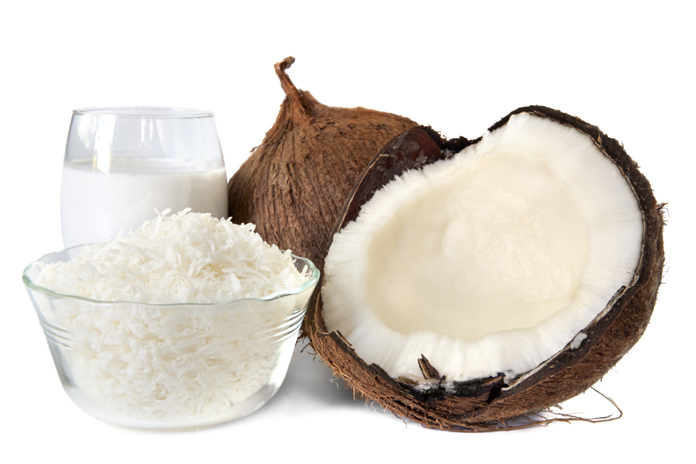Certain foods can set you soaring for hours while others will face-plant you in 15 minutes. So, what should we be eating to truly charge the body through its days of running, cycling, swimming, skiing, dancing, or any type of sustained workout?
It’s true that different things work for different people and eating a variety of foods is key. However, there are still scientific tidbits that focus on the properties of certain foods, and their reactions inside the body when it’s “off the couch” for long periods of time.
I have experimented with several of these foods using hundreds of very active people—from runners, to professional sports players, all the way down to your basic gym rat—and though the portion sizes differed depending on activity and duration, these three nutrient-dense foods are things all active people shouldn’t go without.
Coconut Products
Around 25 percent of an athlete’s diet should include fat, but just like any therapeutic diet, nailing the amount is only half the battle. We must also pay attention to the types of fats we’re consuming, and coconut oil stands out among the others.
Coconut oil contains MCT’s—medium chain fats that get absorbed in the bloodstream more like a carbohydrate than a fat—making it excellent for endurance, recovery, and stamina especially when consumed in small amounts throughout the day. It can be added to smoothies or used for cooking. It can even be thrown into baked goods instead of butter. It can be purchased at almost any grocery store, and stored at room temperature.
Another coconut product great for recovery is coconut water. Coconut water is perfect for electrolyte and carbohydrate replacement and can be consumed before, during, and after any activity. If you’re going to sweat for more than an hour, take a swig! Or mix it with one part water and drink throughout the day.
Omega-3 Fats
Redness, pain, heat and swelling are the four symptoms of chronic inflammation, the root cause of disease. Over-exercising can take its toll on not just the muscles and joints, but the organs of the immune system, and when combined with stress, chronic illness and poor eating habits, you’re left with a large recipe for inflammation.
Because the typical American diet contains pro-inflammatory foods high in omega-6 fats, the body needs the anti-inflammatory omega-3 fats to maintain a sweet balance. Because the body doesn’t make them on its own, these fats are considered essential, which means we must get them on our plate.
Fish like wild-caught salmon, sardines, black cod and herring are great sources for omega-3 fats. Algae and fish-oil supplements are also encouraged, since they contain the longer chain EPA/DHA fats. Also try ALA chain fats such as walnuts, flaxseeds and chia seeds.
Whey Protein
Just because you’re not weight lifting doesn’t mean the muscles don’t need to be fed. Sometimes we focus way too much on the carbohydrates, and we forget what’s responsible for not only maintenance and repair, but nearly every chemical reaction that takes place in the body.
Whey protein is one of my favorite forms of complete bio-available protein—meaning it contains all of the essential and non-essential amino acids. These amino acids are in charge of preventing what I like to call, MTB—or muscle tissue breakdown. They keep blood glucose steady when combined with a slow-releasing carbohydrate creating the perfect balance of stamina and energy.
For an extra bonus, whey protein contains cysteine, which aids in the formation of glutathione, protecting the cells from free-radical damage, thereby supporting the entire immune system.
The best way to consume whey is in the form of a shake. One scoop should contain approximately 20 to 30 grams of protein. Feel free to add a small amount of fruit—1/2 to 1 cups—or one tablespoon of a healthy fat—ground flaxseed, raw nut butter or coconut oil.


